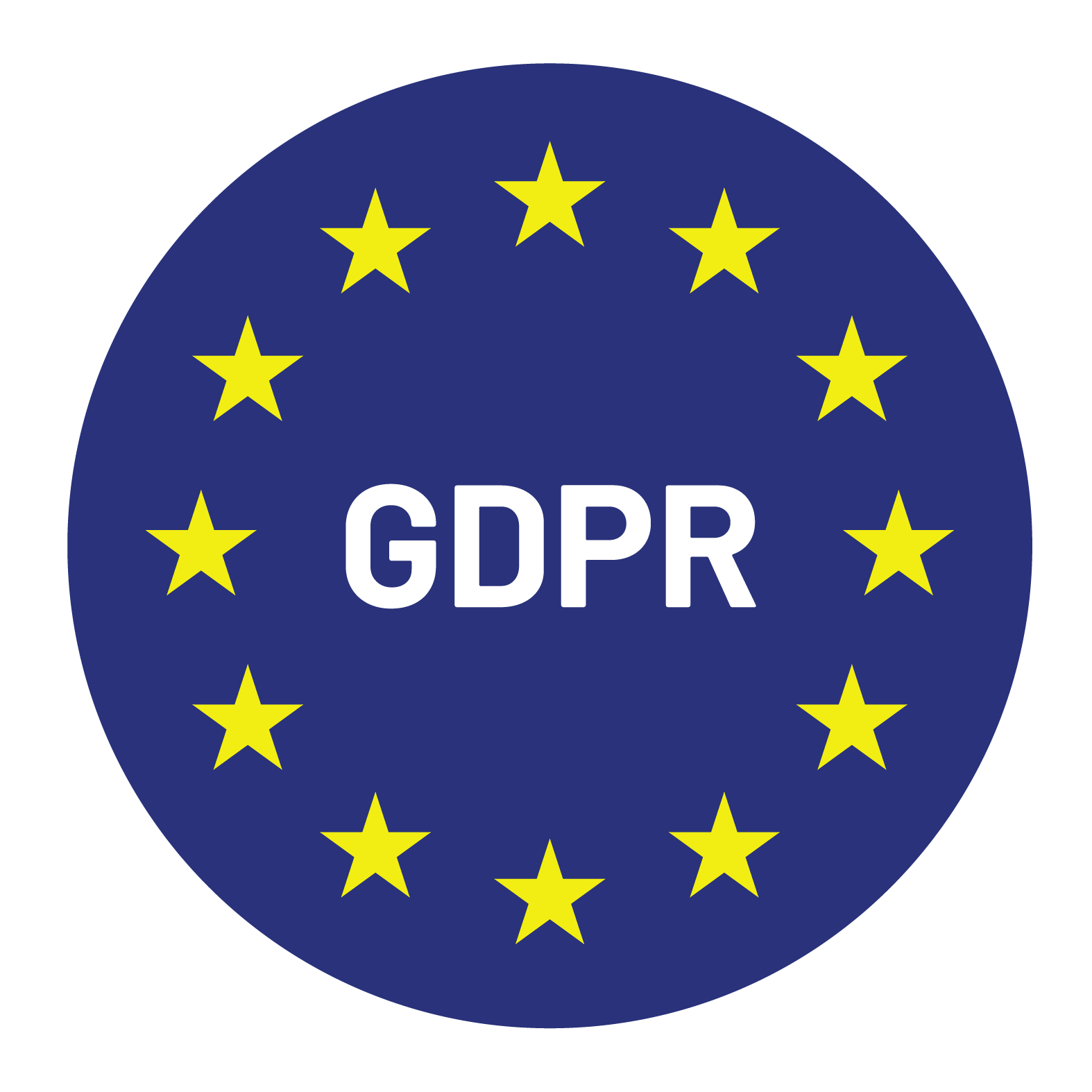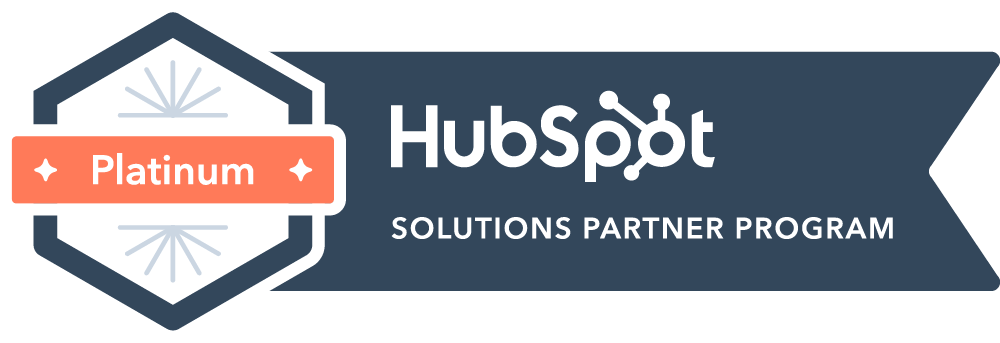

Content Writer for Whistle with multidisciplinary experience spanning over a decade.
SaaS sales teams often face a paradox. Demand generation delivers a steady influx of leads, yet conversion rates stay flat or decline. The problem is not always at the top of the funnel. More often, it is that too many resources are spent pursuing prospects who were never likely to convert in the first place.
Industry data shows that sales teams spend up to 50% of their time on unqualified leads. In SaaS, where sales cycles can span months and require extensive demos, trials, and technical assessments, wasted time has a direct impact on customer acquisition cost (CAC) and quota attainment. A single poorly qualified prospect can drain hours from account executives and sales engineers, reduce morale, and push revenue forecasts off track.
Effective lead qualification does more than weed out poor fits. It creates a healthier pipeline, improves conversion rates, and ensures that sales teams focus on the prospects most likely to buy. For SaaS companies, the difference between a well-qualified lead and a poor one is about revenue potential and whether the sales process is sustainable and scalable.
The SaaS sales cycle often involves multiple decision-makers, complex integrations, and proof-of-concept stages. Unlike transactional sales, SaaS solutions require a fit on several fronts: technical, operational, and organizational.
Many prospects are enthusiastic during initial conversations but underestimate the effort required to implement new software. Others may have genuine interest but lack budget approval or executive sponsorship. Without a structured qualification process, these deals linger in the pipeline, distorting forecasts and reducing sales efficiency.
This is why a tailored B2B lead qualification framework for SaaS is essential. Generic criteria rarely capture the nuances of a subscription-based, high-touch sales model.
Traditional frameworks such as BANT (Budget, Authority, Need, Timeline) and ANUM (Authority, Need, Urgency, Money) have shaped sales methodology for decades. They are easy to remember, which is why many SDRs still rely on them.
However, these approaches were designed for an era when decision-making was faster and purchasing processes were simpler. In SaaS sales, the customer journey involves more stakeholders, more evaluation stages, and a deeper focus on long-term ROI. Budgets may be fluid, timelines flexible, and buying authority distributed across teams.
The limitations of these older models have prompted a shift toward buyer-centric qualification approaches. Instead of pushing prospects through a rigid checklist, modern SaaS sales teams use frameworks that adapt to the prospect’s buying process while still filtering for the factors that signal a high-value opportunity.
A high-quality SaaS lead qualification process must assess five core components:
Technical Fit — Can the product integrate with the prospect’s current systems? Does it meet security, compliance, and infrastructure requirements?
Business Fit — Does the prospect match your ideal customer profile (ICP) in terms of size, industry, use case, and pain points? Is the problem you solve a priority for them?
Timeline — Is the prospect ready to buy within a reasonable period? Do they have internal milestones that align with implementation?
Budget — Can they realistically afford the solution? Have they indicated willingness to invest?
Authority — Does your contact have the ability to approve the purchase, or at least influence the decision-making process?
A B2B SaaS sales pipeline qualification process that incorporates all five elements provides a more reliable forecast and prevents pipeline bloat.
Lead scoring should not be arbitrary. A structured SaaS lead scoring methodology assigns weighted values to each qualification factor based on historical conversion data.
For example, a prospect with strong technical and business fit but no confirmed budget may receive a medium score. A prospect with confirmed budget, urgent timeline, and decision-making authority may score significantly higher, even if technical integration requires extra steps.
Sales development representatives (SDRs) should update scores as new information emerges. This dynamic approach ensures that pipeline forecasts remain accurate and that sales priorities shift when necessary.
Identifying red flags early prevents wasted effort. Common signs include:
These indicators do not always mean a deal should be abandoned immediately, but they should trigger deeper qualification before investing significant resources.
The right questions reveal whether a prospect is worth pursuing. They should be specific enough to produce actionable answers, yet open enough to encourage conversation.
When SDRs master these questions, they not only qualify more effectively but also build trust by demonstrating a genuine interest in solving the prospect’s problems.
Qualification should start the moment a lead enters your pipeline and continue throughout the sales cycle. Early qualification ensures that SDRs pass only viable opportunities to account executives. Ongoing qualification prevents resources from being wasted on opportunities that stall.
A CRM configured for qualification ensures consistency. Fields for technical fit, business fit, budget, timeline, and authority should be mandatory. Integrating lead scoring into the CRM helps prioritize follow-up and provides real-time visibility into pipeline health.
The best framework will fail without proper training. SDRs should understand not just the questions to ask, but why those questions matter. Role-playing scenarios, call reviews, and shadowing experienced reps can all strengthen qualification skills.
Whistle has seen firsthand how structured training transforms sales development results. Teams that integrate clear qualification criteria into their SaaS sales process consistently see shorter sales cycles, improved close rates, and reduced CAC.
A strong SaaS lead qualification process ensures that sales teams focus on opportunities with the highest probability of closing. It protects resources, improves forecasting accuracy, and creates a healthier sales pipeline.
Adopting a structured B2B lead qualification framework tailored to SaaS enables teams to filter for technical fit, business fit, budget, authority, and urgency. By combining these factors into a scoring methodology, sales leaders can prioritize efforts, increase efficiency, and improve conversion rates.
The most effective sales organizations treat qualification as an ongoing discipline rather than a one-time checkpoint. They measure results, adjust criteria based on real outcomes, and equip SDRs with the tools and training they need to succeed.
Whistle works with SaaS companies to refine their qualification processes, ensuring that sales development teams focus where it matters most. By aligning SDR efforts with high-value opportunities, Whistle helps clients achieve more predictable growth and stronger revenue performance.
If your SaaS sales team is ready to qualify smarter, not just faster, explore how Whistle can support your sales development strategy.


© Copyright – Whistle 2023